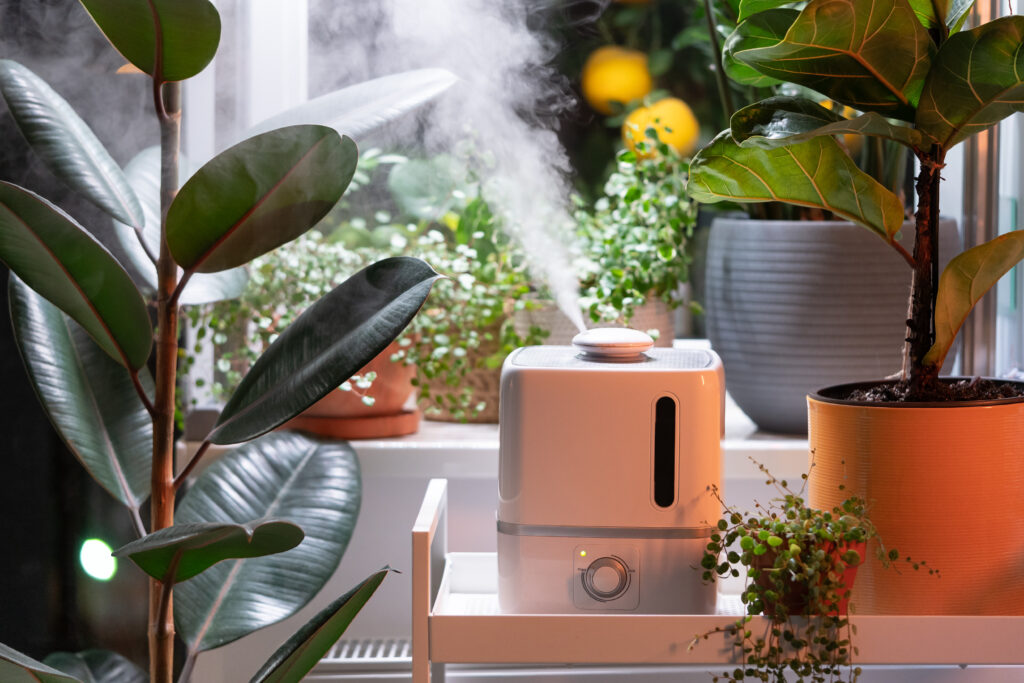Expert Indoor Herb Garden Troubleshooting for Common Issues
Even the most careful gardener can encounter problems when growing herbs inside. From pesky aphids to moldy potting mix, your indoor greenery faces a range of challenges. This indoor herb garden troubleshooting guide tackles the most frequent issues—pests, mold, and overwatering—helping you preserve lush, healthy plants year-round. By embracing a proactive approach and applying advanced techniques, you can minimize damage and quickly correct any hiccups in your herb environment.
Below, we’ll discuss how to spot warning signs early, employ natural pest controls, and maintain proper moisture levels. With these tips, you’ll be well-equipped to address everything from the tiniest mite to the most persistent fungal growth.
Common Pests and How to Manage Them
- Aphids
- Tiny sap-sucking insects that gather on new growth
- Treat with insecticidal soap or homemade neem oil spray
- Spider Mites
- Look for fine webbing on leaves, especially in hot, dry conditions
- Increase humidity and rinse leaves regularly
- Fungus Gnats
- Larvae thrive in moist soil and can damage roots
- Let the top inch of soil dry before watering again; use sticky traps to catch adults
Mold and Mildew Solutions

Identification
- Powdery mildew appears as a white, powder-like coating on leaves
- Gray mold can cause fuzzy blotches on stems or soil surface
Prevention and Treatment
- Ensure good airflow by spacing pots and using a small fan
- Remove affected leaves promptly and discard them
- Treat with organic fungicides or a weak baking soda solution if growth persists
Overwatering Woes
Signs of Overwatering
- Yellowing leaves, wilting despite wet soil, and a musty odor
- Soggy potting mix that doesn’t dry out between waterings
Advanced Water Management
- Refined Humidity Control: Monitor humidity levels to avoid excessive moisture buildup
- Specialized Substrates: Incorporate perlite or expanded clay pellets to improve drainage
- Exotic Herb Choices: Consider herbs more tolerant of occasional dryness, like rosemary or oregano
Proactive Indoor Herb Garden Troubleshooting
- Regular Inspections
- Check undersides of leaves and around stems weekly
- Early detection is key to resolving issues before they escalate
- Controlled Environment
- Keep temperatures stable; sudden changes stress plants and invite pests
- Maintain airflow to discourage mold and gnats
- Balanced Feeding
- Overfertilization can weaken plants, making them more prone to disease
- Follow recommended dosages for your chosen fertilizer
With the right strategies, indoor herb garden troubleshooting becomes far less intimidating. By staying vigilant about pests, mold, and watering habits, you can quickly respond to problems and sustain healthy, vibrant herbs. Keep a regular schedule of plant inspections, maintain proper airflow, and adjust moisture levels to protect your green companions. In doing so, you’ll spend less time battling infestations and more time enjoying the flavors of your thriving indoor herb garden.




